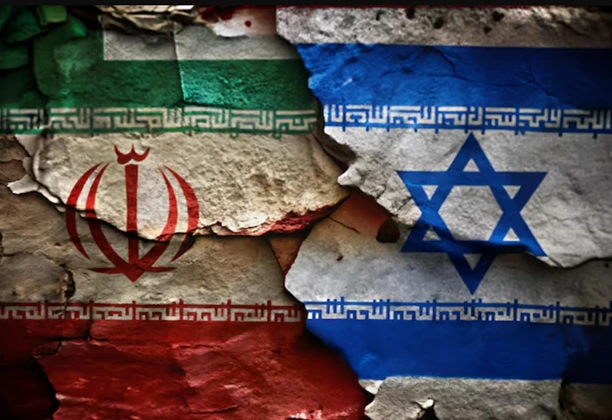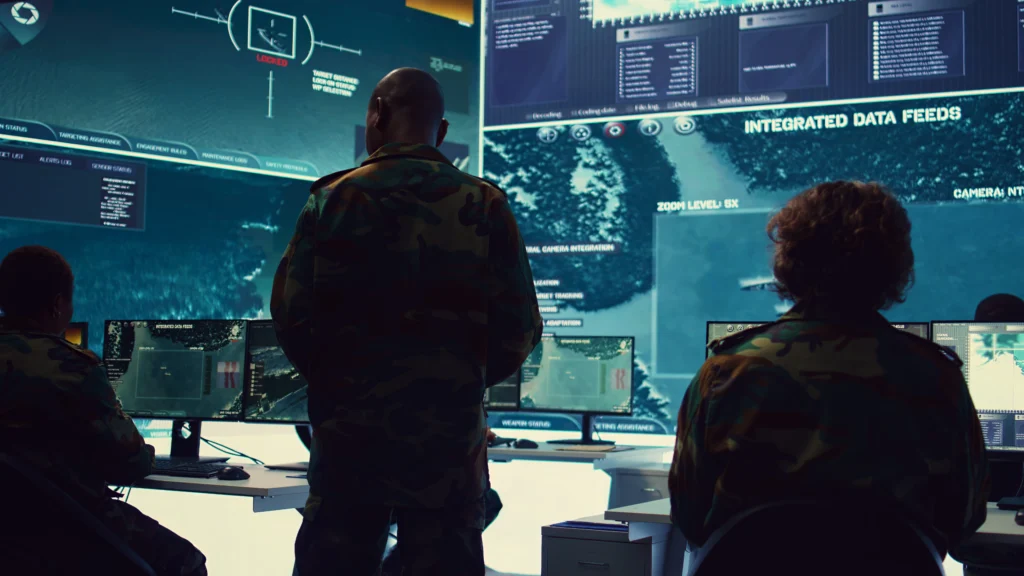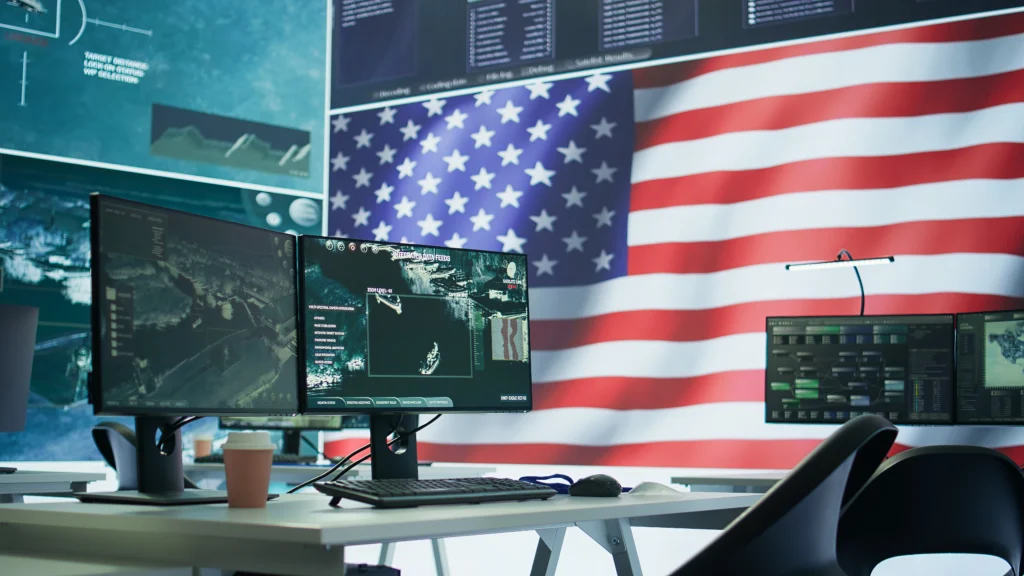The world holds its breath as the United States convenes an emergency National Security Council (NSC) session and rapidly deploys a substantial surge of military assets to the Middle East. This dramatic escalation unfolds against a backdrop of intensifying conflict between Israel and Iran, fueling grave concerns about the potential for a catastrophic regional conflagration. While official statements from Washington emphasize a defensive posture aimed at protecting U.S. interests and personnel, the sheer scale and speed of these deployments unequivocally signal a significant shift in American readiness, a heightened determination to deter further aggression, and a clear signal that the U.S. will not stand idly by. The coming days will test the effectiveness of this robust show of force in a region already teetering on the brink.

The Immediate Catalyst: Escalating Israel-Iran Conflict and Direct Engagements
The immediate and most pressing catalyst for this unprecedented U.S. military surge is the alarming and rapidly worsening direct conflict between Israel and Iran. What was once largely a “shadow war” fought through proxies has now exploded into overt military confrontation. In recent days, the region has witnessed a dangerous cycle of tit-for-tat strikes, with Israel reportedly targeting Iranian nuclear facilities and key military command centers deep within its territory. Iran, in an equally bold and concerning response, has retaliated with barrages of sophisticated missiles and drones aimed at Israeli cities and strategic sites. This direct exchange, unprecedented in its scope and intensity, marks a perilous new phase in their long-standing animosity. The United States has not only unequivocally voiced its unwavering support for Israel’s inherent right to self-defense but has also reportedly provided critical assistance in intercepting incoming Iranian projectiles, further intertwining its own security interests with those of its key regional ally. The current, robust U.S. deployments are a direct and urgent response to this profoundly heightened threat landscape, strategically designed to bolster existing defenses, project overwhelming strength, and establish a credible deterrent against any further, more widespread aggression. The fear is that a single misstep could ignite a conflict that engulfs the entire region.

A Defensive Posture? Understanding the Breadth and Purpose of the Deployments
White House and Pentagon officials have consistently, and emphatically, characterized these significant military deployments as fundamentally “defensive” in nature. However, the sheer breadth and capability of the assets being moved suggest a far more robust defensive posture, one capable of rapid escalation if required. The deployments include the rapid repositioning of a large number of vital aerial refueling aircraft to Europe, crucial for extending the reach and endurance of combat air patrols. Most notably, a formidable aircraft carrier strike group, widely reported to be the USS Nimitz, is now steaming towards the Middle East, bringing with it an array of advanced fighter jets, surveillance aircraft, and accompanying warships. Complementing this naval power, additional squadrons of cutting-edge fighter aircraft, including F-16s, F-22s, and the stealth F-35s, are being rapidly deployed to various airbases in the region. Furthermore, ground-based air defense systems, such as the highly capable Patriot and Terminal High Altitude Area Defense (THAAD) batteries, are being significantly augmented.
The stated primary objective behind this massive buildup is multifaceted: first and foremost, to safeguard the thousands of U.S. forces already stationed in the region, who have increasingly faced direct attacks from Iranian-backed proxy groups. Beyond force protection, these formidable assets are also intended to significantly enhance regional deterrence, sending an undeniable and unambiguous signal to adversaries that any further aggression against U.S. interests, personnel, or allies will be met with decisive response capabilities. These deployments aim to provide robust, multi-layered capabilities for both defending against and responding to any form of escalation, from missile strikes to maritime aggression, thereby establishing a credible and formidable presence that aims to de-escalate through strength.

Historical Context and Evolution of U.S. Presence in the Middle East
The United States has maintained a substantial and enduring military presence in the Middle East for many decades, a legacy deeply rooted in post-World War II geopolitics. This presence was initially driven by strategic imperatives such as securing vital oil flows from the Persian Gulf and, during the Cold War, serving as a critical bulwark against Soviet influence in the region. Currently, between 40,000 and 50,000 U.S. troops are strategically positioned across at least 19 distinct sites throughout the Middle East, including major operational bases in vital partner nations such as Qatar, Bahrain, Kuwait, the UAE, and Saudi Arabia.
This enduring presence has seen various significant interventions and engagements over the years, ranging from the Lebanon Crisis in 1958 to the pivotal Gulf Wars (1990-1991 and 2003) and the ongoing, complex fight against various terrorist organizations. The current military buildup, while explicitly framed as defensive and aimed at de-escalation, draws heavily on this established infrastructure, decades of operational experience, and deep-seated strategic relationships. It underscores the U.S.’s long-standing and unwavering commitment to maintaining regional stability and safeguarding its interests, even as the nature of threats continues to evolve and become increasingly complex. The recent, direct military confrontation between Israel and Iran adds a new, and particularly volatile, dimension to this historical involvement, pushing the region into uncharted and highly perilous territory that demands an immediate and decisive response.

The Stakes Are Immense: Potential Implications and Paths Forward
The rapid increase in the U.S. military footprint in the Middle East carries immense implications for the intricate web of regional dynamics and, indeed, for global security at large. While the stated intention is unequivocally to deter further aggression and de-escalate the burgeoning conflict, such a large and highly capable concentration of forces inherently raises the very real risk of miscalculation, accidental escalation, or unintended consequences. The Middle East is already an extraordinarily volatile and complex region, characterized by myriad overlapping conflicts, proxy wars, and deep-seated historical grievances. Any direct engagement or significant military clash involving major global powers in this tinderbox could trigger devastating consequences that extend far beyond the immediate battlefields. These could include catastrophic disruptions to global energy markets, plunging the world into economic turmoil, and initiating a humanitarian crisis of unimaginable scale, displacing millions and exacerbating existing tensions.
The international community is acutely aware of these dangers. Ongoing diplomatic efforts to de-escalate the situation are intensifying, including urgent calls from G7 nations for an immediate and unconditional ceasefire, appeals for restraint, and proposals for mediation. These diplomatic overtures highlight the profound urgency of the current situation and the global desire to avert a wider war. The coming days and weeks will be absolutely critical in determining the trajectory of this crisis. The key question remains: will this robust surge in American military power effectively act as a credible deterrent, compelling all parties to step back from the brink of all-out war? Or, conversely, will it inadvertently fuel a more expansive, more destructive, and ultimately more perilous conflict, drawing in more actors and destabilizing an already fragile world order? The answer will shape the future of the Middle East and resonate across the globe.
Conclusion: Balance at a Dangerous Crossroads
Today’s NSC session took place under stark circumstances—an unmistakable escalation in capability and reach. From segmenting Iran’s nuclear depth with B‑2s at Diego Garcia and refuelers across Europe, to surging two nuclear carrier groups into the Middle East, the U.S. military stands prepared on multiple fronts.
Will this posture prevent conflict—or become the trigger? With diplomacy still possible but tentative, the next few days could determine whether today’s build-up remains strategic leverage or the opening moves of a wider confrontation.
Table of Contents
Trump Unveils the “Golden Dome”: The Future of U.S. Missile Defense? – trendsfocus
BREAKING: Trump Calls For Emergency Meeting With National Security Council